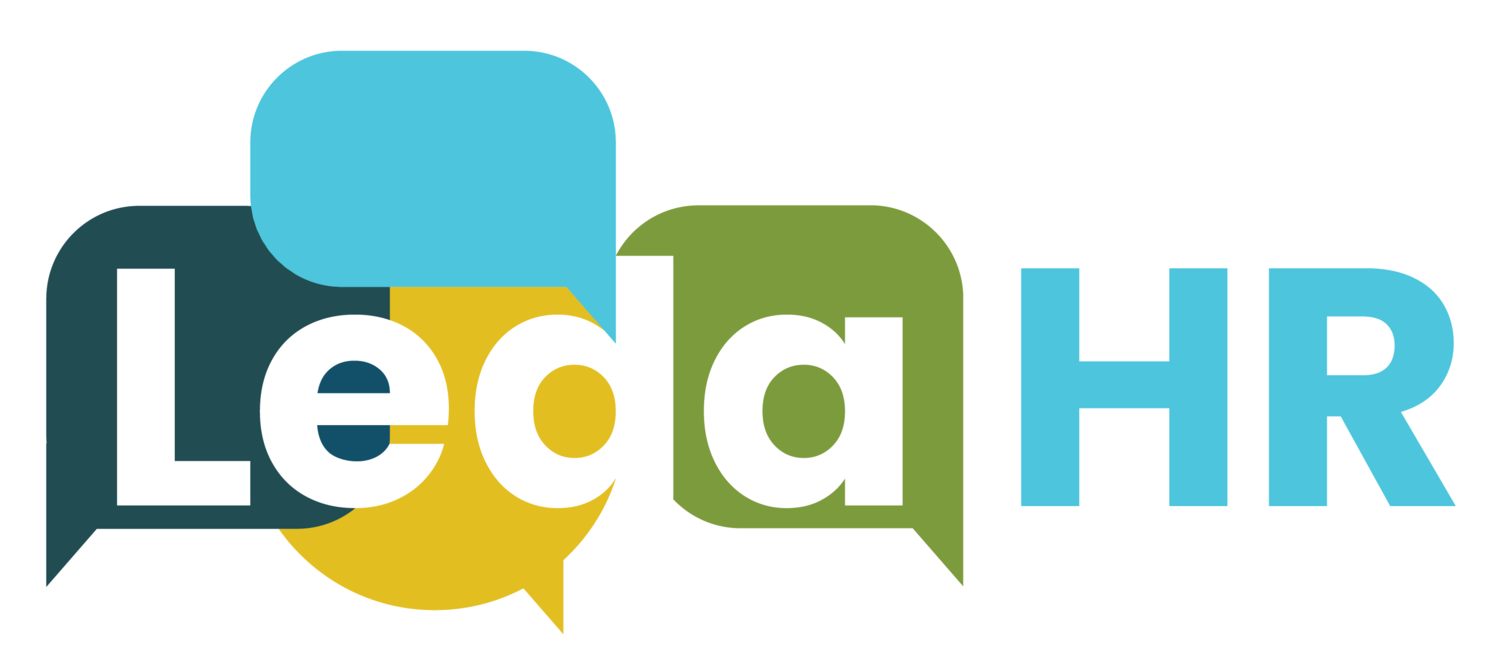Mental Health in the Workplace:The 5 W’s of Talking About Mental Health
By Kristin Bower, Partner, Leda HR
“I am worried that you are taking too many sick days.”
Those are the words that a colleague said to me over a decade ago as I struggled with a recurrence of my chronic depression. They instantly sent me into fight or flight mode. The words that I had heard repeatedly over the - at that point – nearly two decades of my working life instantly triggered a deep well of emotions in me: fear, guilt, and the most powerful of all, shame.
Within about five minutes of those words being uttered, I fled the office. I had no fight left in me – I chose flight in that moment.
Talking About Mental Health is Hard
Broaching the topic of mental illness with an employee, a colleague or a friend can be a scary prospect. And being on the receiving end can be equally scary; but it doesn’t have to be. When I think about that interaction all these years later, I still feel the emotional ripple effects. I have been reflecting lately on that conversation and I think it’s time to poke at it, pull it apart, get curious about it.
Why did I have such a strong reaction and how could it have gone differently? Certainly, my reaction had a lot to do with me – my illness and the stigma and discrimination that I had experienced repeatedly because of that illness in the past. But there are things that could have helped my friend to share her concern so that I would have been more receptive.
Here are the Five W’s of Talking About Mental Health in the Workplace:
The Who
Simple put, the who is you. If you are a people leader, you should be talking about mental health on a regular basis with your team. This is a conversation that needs to happen more in workplaces, and it needs to start with leaders.
And the who is also your employees. The single largest cause of disability worldwide, according to the World Health Organization, is depression. When we talk about it, we normalize it, and this helps to reduce or remove those feelings of fear, guilt, and shame that I mentioned earlier. It also sets the tone that it’s OK to talk about these things and to ask for help when it’s needed.
The What
The most common mental illnesses are depression, anxiety, and addiction. With the ongoing pandemic we have seen these illnesses increase to a staggering degree. And it’s impacting people more as we see continued restrictions and increased infections from Covid-19. The line between work life and personal life is blurry. What happens in our personal lives doesn’t always stay there; we bring it to work even if we don’t want to.
The Why
My colleague started the conversation with me because she cared about me. That is why most managers and colleagues choose to start the conversation: they care. And the truth is that with the right supports, many people who experience a mental health challenge can stay at work and continue to contribute.
Participating in the workplace can help to reduce the impact of things like loneliness and isolation and contribute to a person’s sense of self worth. And, certainly, there is an economic impact – both personally and to workplaces – when people are working versus on a disability leave or unemployed.
The When
Choose an opportunity when you and your employee have the time to talk without it feeling rushed. Don’t have the conversation sandwiched in between meetings or at the end of the day on a Friday. Allowing for time to just let the person struggling to talk, gives you the chance to be fully present and simply listen.
The Where
Consider what environment will help to create a feeling of safety. It should be quiet, private, and without distractions – not in an open-office environment. If you typically meet in your office to discuss performance issues, try to choose somewhere else for the conversation so that the employee doesn’t associate this conversation with discipline. If possible, avoid meeting in a room with windows where colleagues can see you.
Your Bonus Tip: The How
The most important tool to carry with you in your conversation tool kit is this one: empathy. Suspending judgement and listening more than speaking will help you to foster a psychologically safe environment for talking about mental health issues in the workplace.
I once saw this somewhere on social media (referencing the famous line from the movie Fight Club) and I think it’s appropriate:
“Mental health is not Fight Club. We can talk about mental health.”
Yes, we can, and we must. Be brave enough to start a conversation that matters and keep it going.

